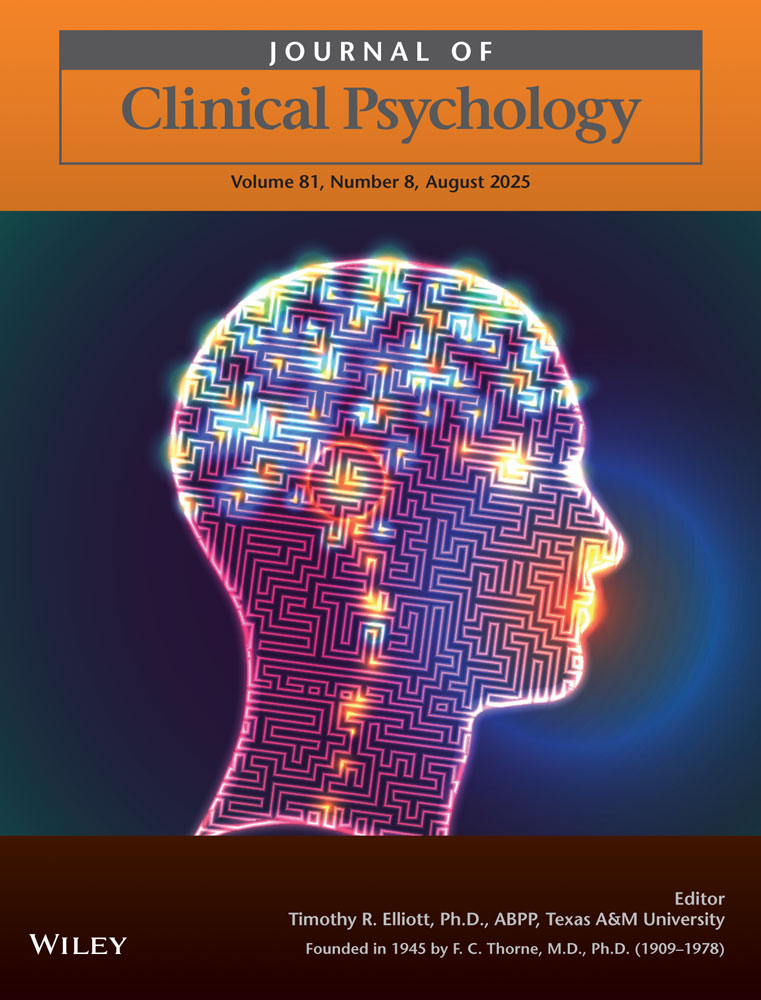Factor structure of the barratt impulsiveness scale
Abstract
The purpose of the present study was to revise the Barratt Impulsiveness Scale Version 10 (BIS-10), identify the factor structure of the items among normals, and compare their scores on the revised form (BIS-11) with psychiatric inpatients and prison inmates. The scale was administered to 412 college undergraduates, 248 psychiatric inpatients, and 73 male prison inmates. Exploratory principal components analysis of the items identified six primary factors and three second-order factors. The three second-order factors were labeled Attentional Impulsiveness, Motor Impulsiveness, and Nonplanning Impulsiveness. Two of the three second-order factors identified in the BIS-11 were consistent with those proposed by Barratt (1985), but no cognitive impulsiveness component was identified per se. The results of the present study suggest that the total score of the BIS-11 is an internally consistent measure of impulsiveness and has potential clinical utility for measuring impulsiveness among selected patient and inmate populations.




